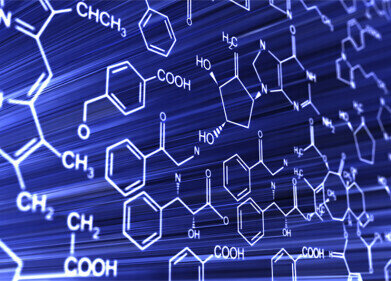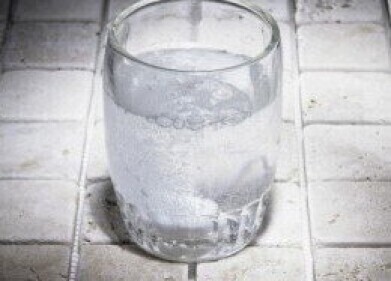PFAS in water
Which Pollutants Can Affect Bottled Water?
Sep 25 2022
If you believe the idyllic images of mountain springs and the clever marketing employed by bottled water companies, buying your H2O in a store is a higher quality alternative to sourcing it from your tap. While the veracity of that particular stance is up for debate, it’s certainly true that bottled water is just as susceptible to contamination as tap water.
Indeed, as our knowledge of the myriad substances in our environment that are potentially harmful to human health has grown, so too has concern they could infiltrate water supplies, be they bottled or not. Here are a rundown of some of the most commonly found pollutants in bottled water samples according to recent research investigations.
Heavy metals
According to a Journal of Environmental Health study conducted in 2011, bottled spring water often contains a wide variety of heavy metals. These included barium, chromium, cobalt, copper, lead, nickel, silver and zinc, among others. Although a certain concentration of these substances is thought to be harmless to human health – and even beneficial in some cases – direct ingestion could lead to elevated levels, the impacts of which remain unknown.
Pharmaceuticals
In the USA, the average American spends over $1,300 on pharmaceuticals each year. Some of those are discarded without being used, but even pills which are swallowed or tablets taken are not entirely absorbed by the body. Instead, some of the chemicals and other ingredients contained within – including per- and polyfluoroalkyl substances (PFAS) – persist, potentially affecting water supplies in due course.
Bacteria
The ridged design of many plastic bottles is the ideal breeding ground upon which bacteria can develop. This is especially true if the seal on the bottle is broken or faulty, or it’s exposed to unfavourable conditions and placed in the vicinity of chemicals nearby. These bacteria can take a wide range of forms, some of which are damaging and potentially even fatal to human health.
Microplastics
Over time, the plastic used to manufacture water bottles can degrade, eventually leaching into the liquid in the shape of microplastics. This is especially true of polypropylene, which is the type of plastic used to make bottle caps. Indeed, a recent study from Penn State Erie in the USA found up to 10,000 particles of microplastics in one sample it took from a leading brand, while the average number of plastics was 325 across a 259-strong sample size.
Endocrine disruptors
Another side effect of transporting water in plastic is the potential for chemicals contained within the plastic to leach into the water, too. Bisphenol A (BPA) and phthalates are two of the primary culprits in this regard. Both of them are endocrine disruptors, which means that they can interfere with the body’s reproductive system in all sorts of unpleasant ways, potentially even contaminating unborn foetuses in the womb, too.
Digital Edition
IET 35.2 March
April 2025
Air Monitoring - Probe Sampling in Hazardous Areas Under Extreme Conditions - New, Game-Changing Sensor for Methane Emissions - Blue Sky Thinking: a 50-year Retrospective on Technological Prog...
View all digital editions
Events
May 06 2025 Nuremberg, Germany
May 10 2025 Karachi, Pakistan
May 11 2025 Vienna, Austria
May 11 2025 Seoul, South Korea
Salon Analyse Industrielle & Instrumentation
May 14 2025 Paris, France







_(4427399123)-(2).jpg)











